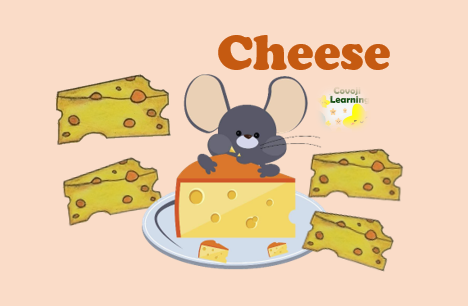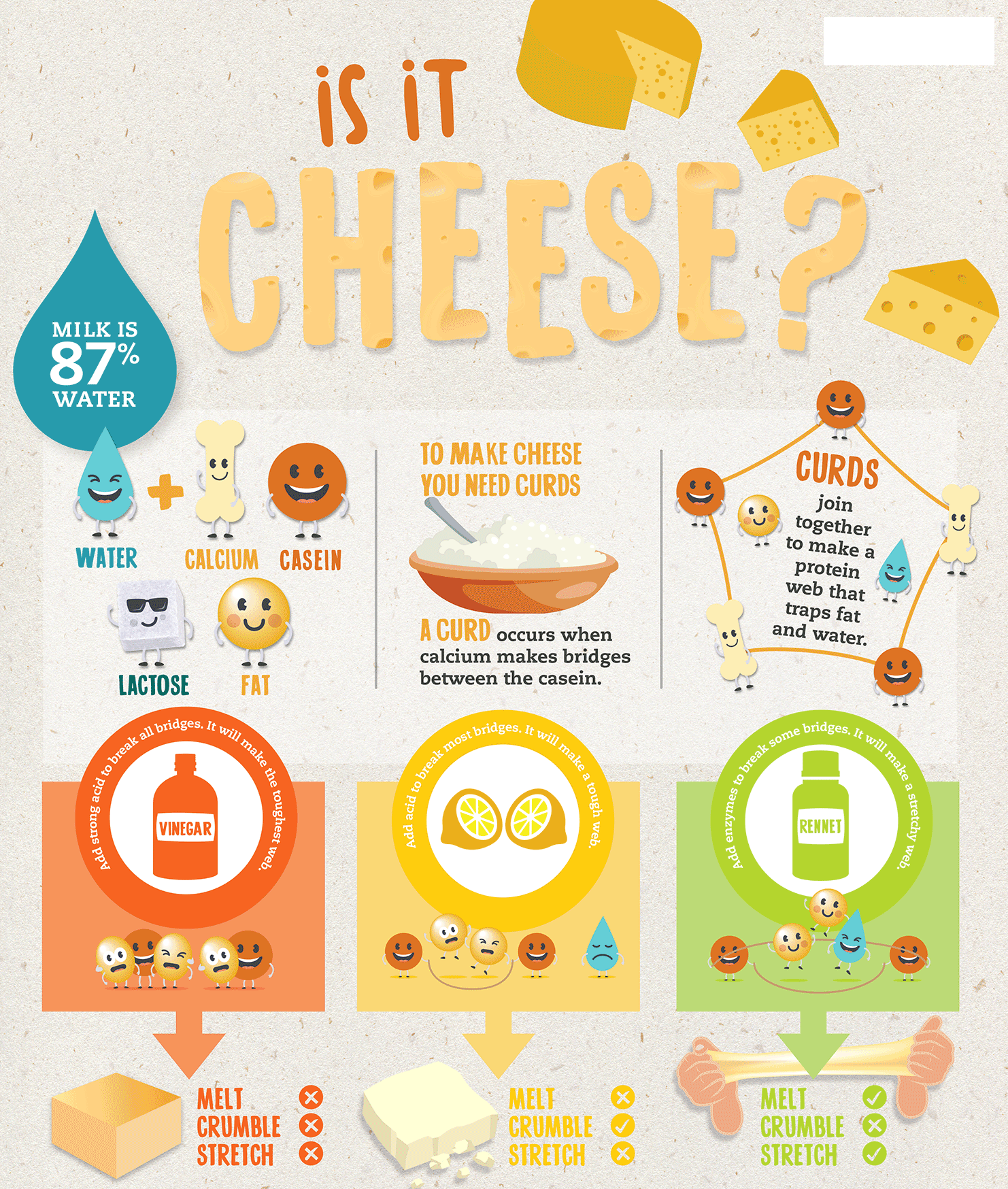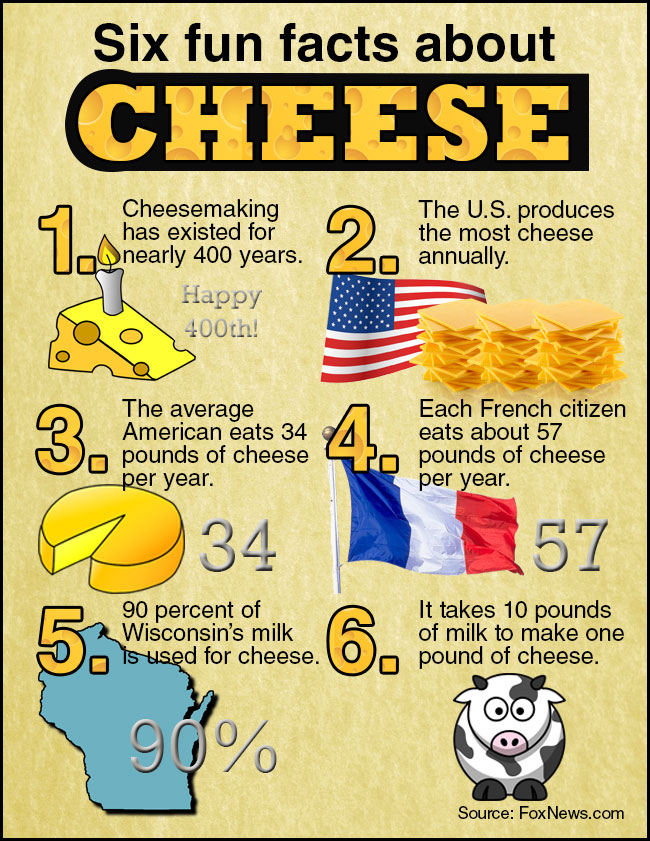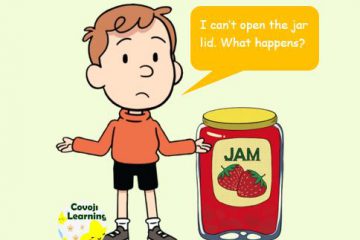
Do you love cheese? Cheese is always on the menu, no matter what time of day it is. Cheese is nutritious food made mostly from the milk of cows but also other mammals, including sheep, goats, buffalo, reindeer, camels and yaks.
The science of making cheese dates back thousands of years. The invention of cheese was important to these societies because it allowed people to have a source of protein on hand that did not spoil as quickly as fresh milk or meat. The science behind the transformation from milk to cheese is amazing. Cheesemaking is the controlled process of removing water from milk. Microorganisms are used in each step of this process and determine the flavour and texture of the final cheese.
Traditional animal rennet is used to coagulate the milk, that is, to form the curd. Curds are cut to help expel whey. Acidifying milk helps to separate the curds and whey and control the growth of undesirable bacteria in cheese.

The process of cooking curds helps them expel whey, firm up and reach the desired acid levels. Once the curds are cooked they will be ready to drain and then pressed in a round mold and covered with a “hat”. The cheeses in their molds are stacked together on the pile press. Pressing expels extra whey and shapes the curd into a wheel form. Once mold ripened cheese is finished air drying it should be ready for aging. Aging is where cheese will really start to develop true flavor and is an art in itself.
Six Amazing Facts About Cheese

Don’t forget to follow us on Facebook, Instagram, Twitter and Pinterest.



0 Comments